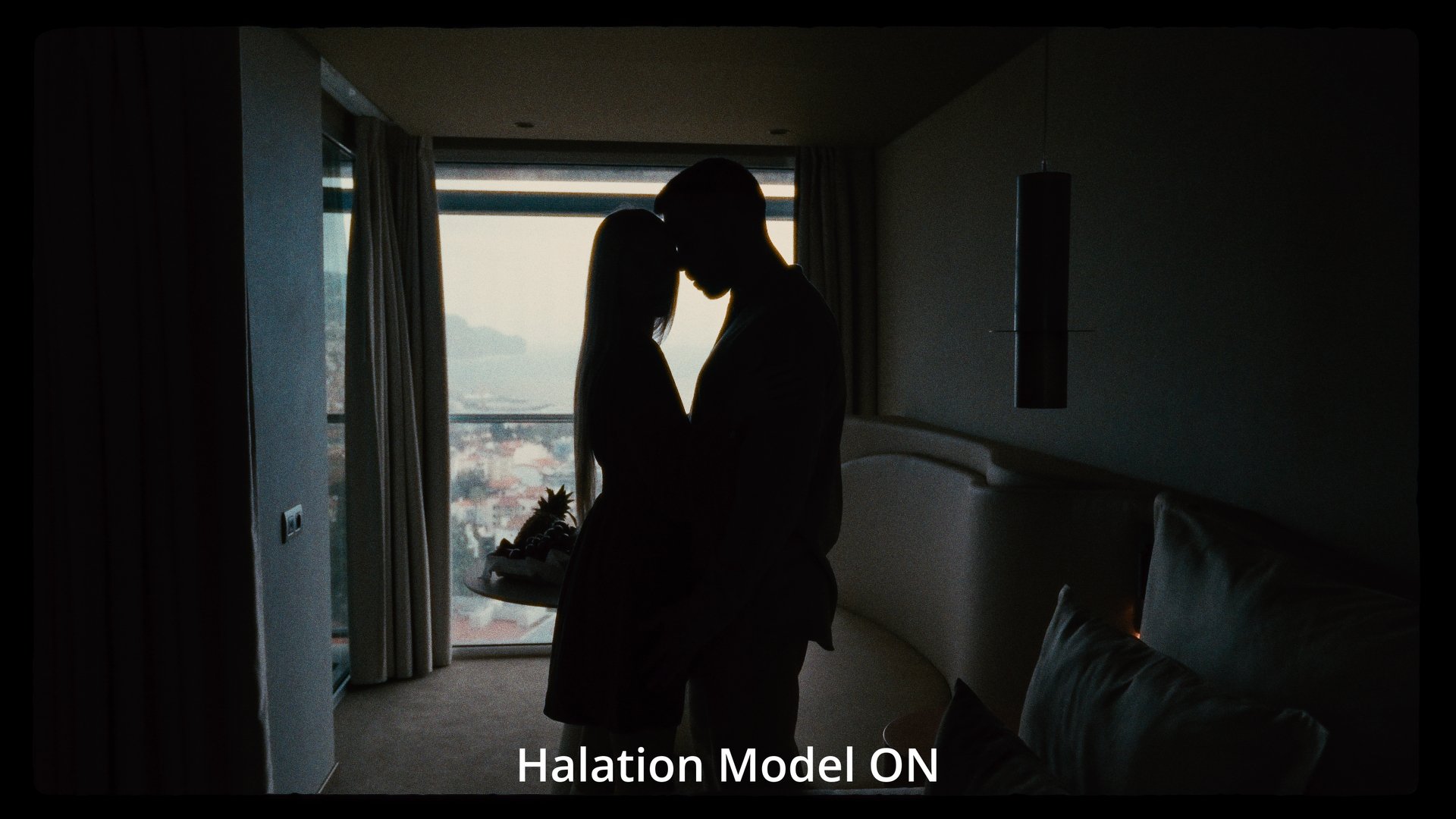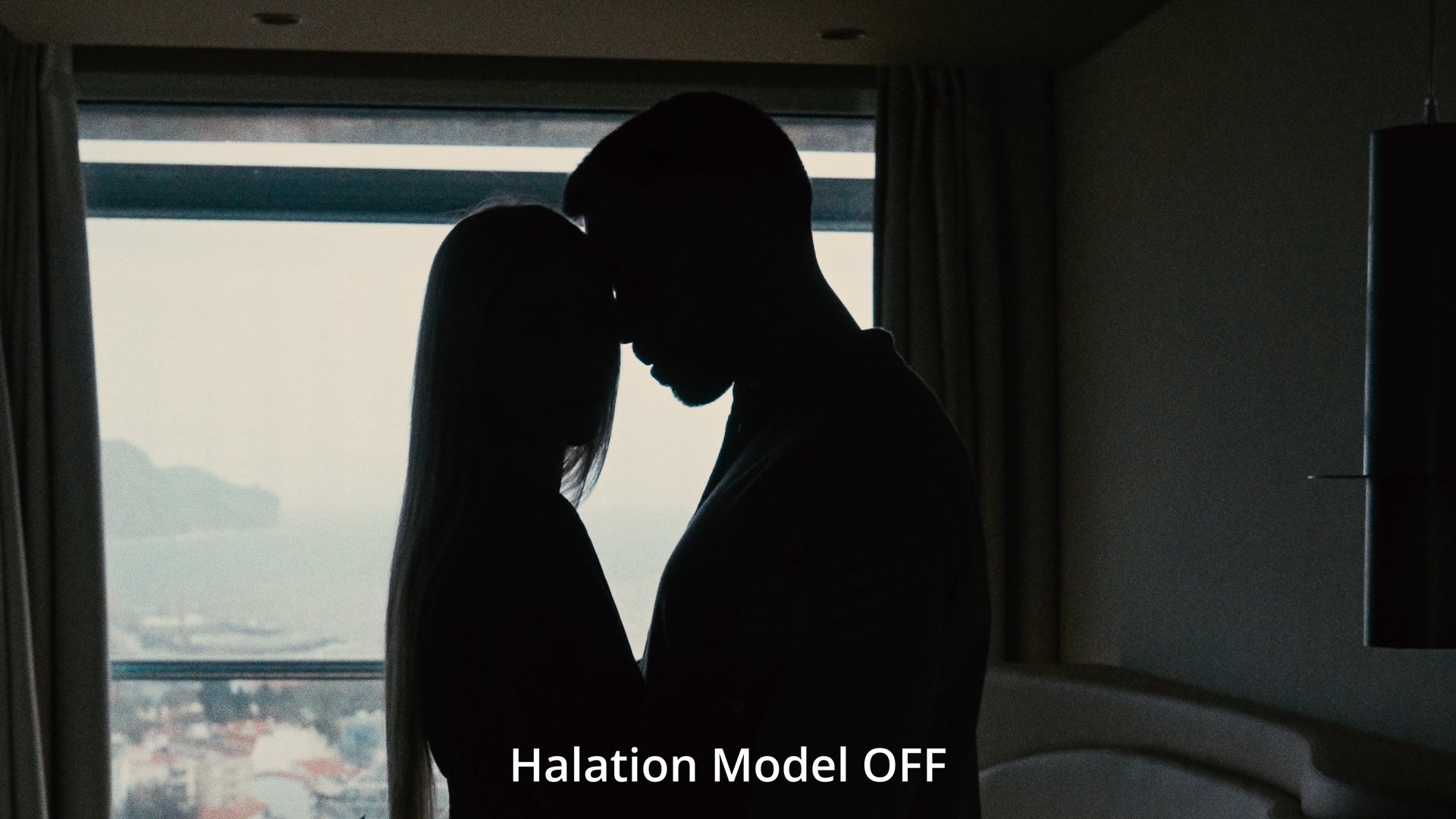Film Emulation Process
The process that led to the creation of FilmMatch started with the necessity of having, at my disposal, an easy and yet effective tool that I could use on every personal project. Oftentimes the path the leads to something being simple to use demands the application of complex tools and solutions to develop that very simple tool to begin with. Most of the LUTs on the market rely on simple transformations that bring the footage from point A to point B. These trasformations are most of the times carried out with color grading tools and even thogh these tools are great, if you need to color grade, they’ve never been intended to be used as look development tools: their math is way to simple for that. So if what you’re looking for is the complexity and richness of film, you’ll hardly achieve it with color grading tool.
To mimic a photochemical process digitally, we need to emulate 2 components, the Negative (in this case the Kodak500T) and the Print (Kodak2383). One component cannot exist without the other. It’s important to understand though that a film negative is not closer to the look of film more than a digital negative is (log digital footage). What creates the look of film that we all associate with cinema happens in the Printing Process. Even projects shot entirely on film and distributed digitally (basically every one on them, nowadays, except a few exceptions) need to necessarily go through a Print Emulation. It’s the quality and the characteristics of the Print Emulation that will define how the image will look like not whether it’s been shot on film or digitally. This concepts it’s fundamental to understand: the film negative is not a final state of the image, it’s a source, not a destination. And being a source a negative can look pretty much however we like; we could, for example make a film negative have the exact same color rendition of a log digital image going through a rec709 LUT. What makes the look of film is the Print!
That said it’s important to emulate a negative to make sure that the Print Emulation behaves properly as any Print LUT excepts to receive as input scanned film negative. Here are a few examples to explain the concepts discussed above:
The New FilmMatch(Kodak500T) has been crafted by shooting color charts on both film (Kodak500T) and digital (Sony FX3) in a controlled environment, under the same lighting conditions and under different color temperatures, with the same lens at different exposures from -5 underexposed to 5+ overexposed. The Kodak500T film negative is then developed, scanned and from there the matching process begins.
The individual patches of the color charts are analyzed in Nuke and with a Python script, the RGB values of every patch are identified and saved in .txt document. From there, for every RGB values in each .txt file, I generate a Full Frame Color Patch using another Python script . And this point in the process I have 2 folders one with Individual Color Patches from the Kodak 500T and one from the Digital Camera (to be matched to the film negative)
The patches are then fed to a Scattered Data Interpolation Software (MatchLight from LightIllusion) to generate a matching LUT that will match digital to Kodak500T film negative.
The advantage of using a Scattered Data Interpolation Software is that all the non linear behaviors of film can be mapped and the color rendition of the film negative is matched all across the exposure range and not only at one exposure level.
The Print has been developed starting from a true 2383 Print LUT built with accurate film data set and then I further tuned densities and saturation in a Spherical Color Space. The result is a Print Emulation that renders rich and dense colors, beautiful skin tones and handles saturation like a traditional film system. Here a few examples of FilmMatchPowerGrade applied to some Slog3 clips against a standard Rec709 Conversion. No grading has been done, just the PowerGrade applied straight out of the box. Take a look at the richness of the skin tones especially in the Split Screen.
Halation Model
The Halation produced by the film negative is a red-orange halo produced at high contrast edges. It’s a property of film that imparts character and dimensionality to an image even though it’s technically a lack of fidelity at of film when it reproduces contrast edges, BUT WE LOVE IT!!! As you can see in the gallery down below I developed an halation model in the PowerGrade that replicates this characteristic of film with accuracy. It can be also dialed to taste or completely removed depending on the look of any given project.



















